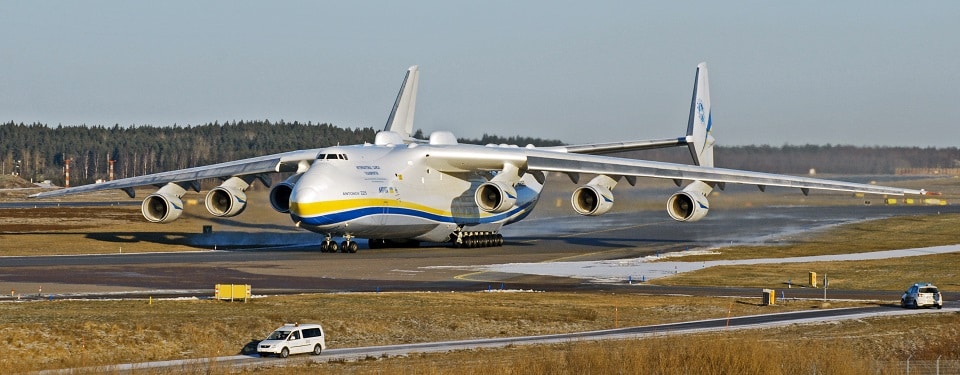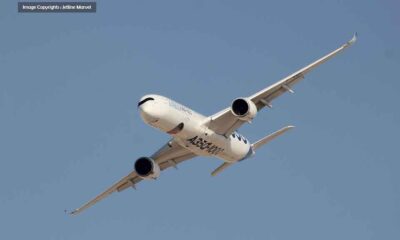Airlines
Airbus and the Antonov An-225: The Best Partnership for Rebuilding the Largest Aircraft
New Life for the World’s Largest Aircraft: The Reconstruction of the Antonov An-225
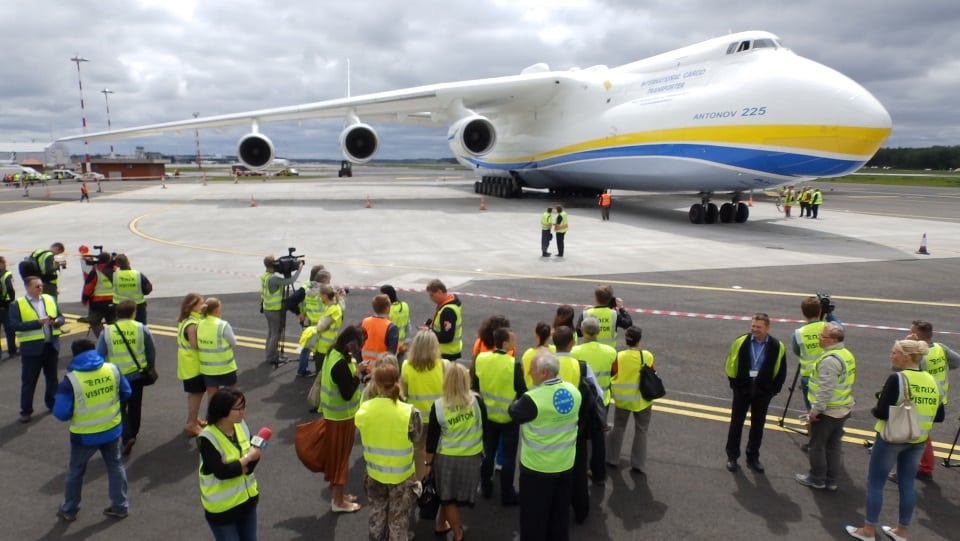
The largest airplane in the world, the Mriya An 225, is now being rebuilt after being destroyed during a Russian invasion and attack. which could present fresh challenges for engineers. This 1990-built airplane made significant contributions to the transportation sector. It will now receive a 21st-century touch before being rebuilt.
Recently, the AN-225 aircraft manufacturer revealed that design work on a brand-new AN-225 “Mriya” had already started and that the cost of building this new design would be around $500 million.
Dmytro Kuleba, the foreign minister of Ukraine. Approximately 30% of the components can currently be employed for the envisioned second aircraft, according to the available expert opinion. The aircraft is expected to cost at least 500 million euros to produce.
We will look at some of the other factors that may be involved in the construction of this aircraft and determine whether Airbus is the most appropriate aerospace business to rebuild this aircraft.
Engine selection
Currently, six Ivchenko Progress Lotarev D-18T three-shaft turbofan engines are being used to power the An-225. 51,600 lbf (229.5 kN) of force per unit. Currently, one of its engines is entirely broken. It can be repaired, but doing so presents new difficulties, and it is still unable to use a different engine type to provide a balanced push for aircraft.
The Rolls Royce Trent 700 type of engine, which has nearly the thrust needed previously for the An 225 aircraft, is the most viable option. Airbus A330 aircraft presently use Trent 700 engines. and can produce up to 316.3 kN with the greatest in-service thrust of 72,000 lb, which is greater than the existing An 225.
If it truly fits the thurst of the new An 225 aircraft, there is even a prospect of decreasing the engine from 6 to 4. Adopting a brand-new engine will significantly raise the aircraft’s costs. However, it will be taken into consideration to provide this aircraft with a further 20 years of maintenance-free operation.
Rebuilding Two wings
If two wings were rebuilt from the ground up, it would be considerably better for the aircraft’s long day of recycling and its ability to survive extended periods of time without experiencing structural strain from the existing wings. For two wings, the present fuselage that was intended and is already being produced can be restored in order to manufacture new aircraft.
Avionics.
The crew members are the thing that stands out the most while the AN 225 is being flown. Since the airplane was built in 1990 and was the first to be constructed on such a large scale, it was powered by a conventional aviation mechanism that required roughly 6 people to operate it literately. Two are for piloting aircraft, two are for monitoring flight gauges, and two are for flight engineers and navigators.
If the latest, most advanced aviation system is added to the aircraft, it may be possible to decrease the crew of the new An 225 to four. This will help to reduce overall control monitoring.
Higher efficiency
This aircraft can increase its efficiency by adding the newest technologies and reducing the mechanical instruments that were previously used inside for tasks like activating hydraulics. These mechanical instruments will be replaced with electric solenoids and other devices, which will significantly reduce the weight of the aircraft and allow it to travel farther.
Low-Maintenance
Since large airplanes require a large maintenance staff after being upgraded during production, this aircraft can have a shorter maintenance period thanks to its modern avionics and monitoring system.
The greatest option for re-building the aircraft will be Airbus, which is now producing the A380 and still uses the most up-to-date manufacturing techniques to give the An 225 new life.
How Airbus can assist in rebuilding the An 225
Like Boeing, Airbus is renowned for its technological advancements in the aerospace industry. When it comes to Airbus, the company has created all the technology necessary to improve productivity and access to cutting-edge manufacturing facilities. After the B747, the A380 was the second-largest commercial aircraft ever built for passengers. Airbus continues to operate on it.
The best company to assist in rebuilding the An 225 plane will be Airbus. They will learn about new difficulties in aerospace engineering while working to build the largest aircraft in the world if they assist in making history by restoring it.
Airbus and Antonov have not officially stated that they are working jointly on restoring the aircraft. If it does, it will be the most significant endeavor in the aviation industry. Antonov is enthusiastic about developing this airplane. The research study is based on the Author’s possible design and future prospects.

Airlines
IndiGo Awards 45-Day Bonus to Employees Equivalent to 1.5 Months’ Salary
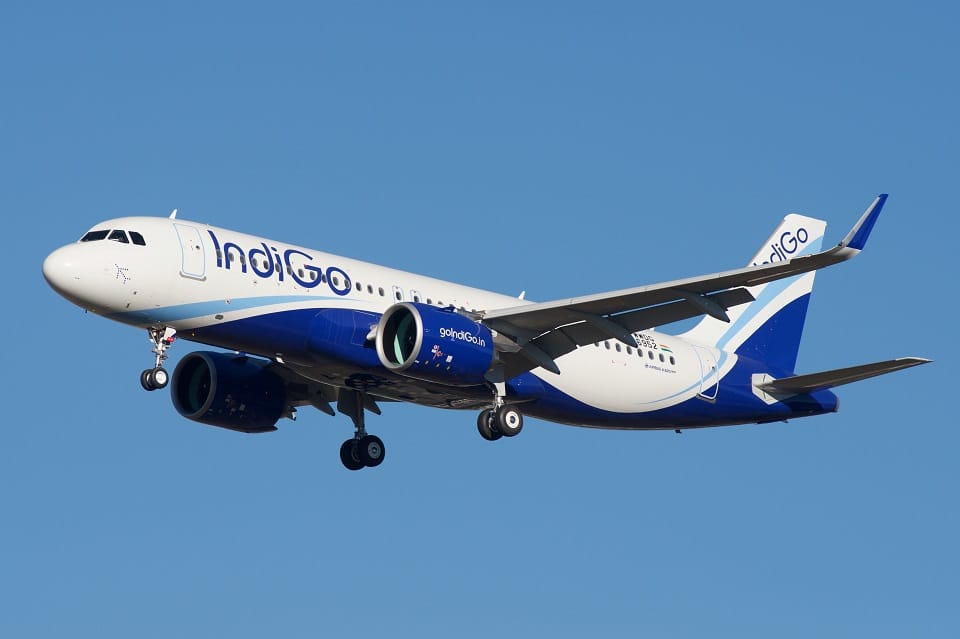
IndiGo, India’s leading airline, has made headlines with its latest announcement of a generous reward for its workforce, celebrating their exceptional contributions throughout the fiscal year 2024.
In a move aimed at recognizing and appreciating their outstanding performance, the company has unveiled the “Thank You Bonus,” equivalent to 1.5 months’ basic salary. This bonus will be disbursed as an ex-gratia payment alongside the May 2024 salary.
The decision comes on the heels of remarkable financial achievements for IndiGo, marked by a notable surge in profits during the third quarter of the fiscal year 2024. With a staggering 110% increase in profits, the airline reported standalone profits of Rs 2,998 crore for the quarter ended December 31, compared to Rs 1,423 crore in the same period of the previous year.
IndiGo’s CEO, Pieter Elbers, has consistently emphasized the company’s resilience in navigating the challenges posed by the pandemic. This substantial bonus underscores the company’s positive trajectory and its commitment to recognizing and rewarding the dedication and hard work of its employees.
Beyond financial success, IndiGo is also dedicated to fostering inclusivity and diversity within its workforce. The Thank You Bonus initiative is not just about monetary appreciation but also about empowering every member of the IndiGo family, including specially-abled colleagues, by providing them with opportunities to showcase their skills and abilities.
Moreover, this move reaffirms IndiGo’s core values of providing an affordable, punctual, courteous, and hassle-free travel experience for all passengers. The airline has consistently prioritized accessibility, ensuring that all its facilities, technologies, information, and privileges are accessible to persons with disabilities.
In sum, IndiGo’s decision to award a 45-day bonus to its employees amid significant profits not only reflects the company’s financial success but also underscores its commitment to its workforce and its values of inclusivity, excellence, and customer satisfaction.
Airlines
A New Player Takes Off: Embraer Poses a Formidable Challenge to Boeing
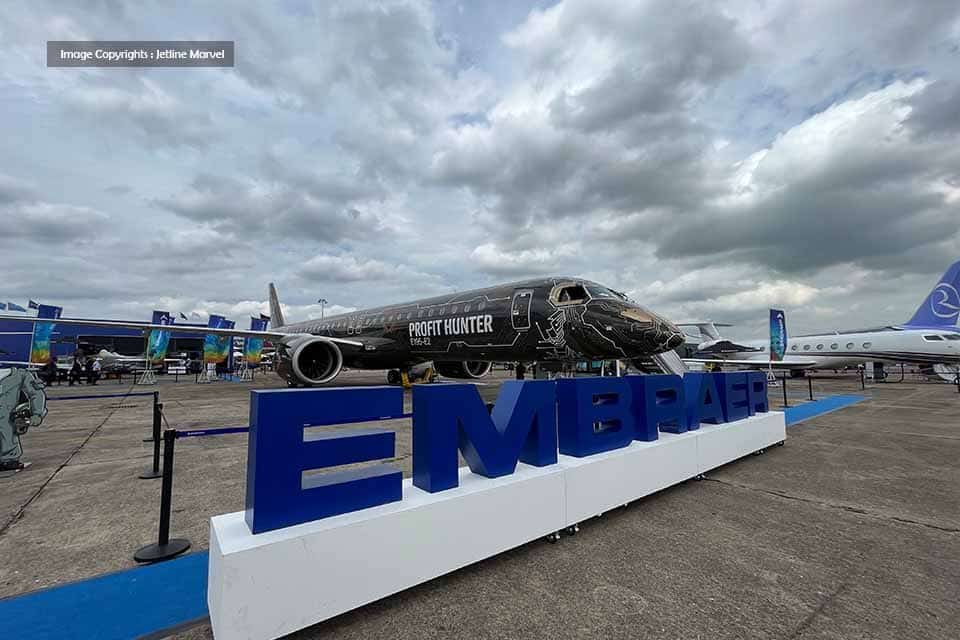
In the midst of ongoing challenges faced by Boeing and the aviation industry at large, Brazilian aircraft manufacturer Embraer has been thrust into the spotlight.
Recent reports suggesting that Embraer is eyeing the development of a next-generation narrow-body aircraft have sparked intrigue and speculation. However, the company has swiftly moved to quash such rumors.
Internal assessments conducted within Embraer have indeed highlighted the company’s impressive technological prowess and manufacturing capabilities. These findings have led some to speculate about the potential for Embraer to enter the narrow-body aircraft market, traditionally dominated by industry giants Boeing and Airbus.
In light of Boeing’s recent challenges, including the protracted grounding of its 737 MAX jets and leadership upheavals, some industry analysts have suggested that there may be an opportunity for smaller players like Embraer to disrupt the market duopoly. Airbus, too, has plans to introduce a new narrow-body aircraft in the future, further intensifying competition in this space.
However, despite the potential openings created by Boeing’s troubles, Embraer appears cautious about overextending itself. The company is currently focused on maximizing the success of its existing portfolio, which includes the innovative E2 aircraft series.
Additionally, the emergence of alternatives such as China’s Comac C919 adds another layer of complexity to the competitive landscape. While the C919 has thus far secured orders primarily from Asian carriers, Boeing’s challenges could prompt airlines worldwide to explore alternative options.
Airlines
Air India Revised Baggage Rules for Domestic Flights

Air India, one of India’s leading airlines, has implemented significant changes to its baggage policies, affecting travelers across various fare classes.
Effective May 2, 2024, the airline has rolled out a revised baggage allowance scheme, marking a reduction in the permitted weight limits for most fare categories. Under the updated guidelines, passengers booking economy and business class tickets will notice a decrease in their baggage allowance by 5 to 10 kilograms compared to previous allowances.
These adjustments reflect Air India’s response to market dynamics and regulatory requirements. In the Economy Comfort category, encompassing S, T, U, and L fare classes, travelers will now have a baggage allowance of 15 kilograms, down from the previous 20 kilograms. As reported by livefromalounge.
Similarly, passengers availing themselves of Economy Comfort Plus, including G, W, V, Q, and K fare classes, will see their baggage allowance reduced to 15 kilograms from the earlier 25 kilograms.
However, not all fare classes are subject to reductions. Economy Flex passengers, represented by the H, M, B, and Y fare classes, will maintain their previous baggage allowance of 25 kilograms.
In the business class segment, changes are also evident. Business Comfort Plus, consisting of Z and J fare classes, will now offer a baggage allowance of 25 kilograms, down from the prior 35 kilograms. Meanwhile, passengers booking Business Flex tickets under the D and C fare classes will have a revised baggage allowance of 35 kilograms, compared to the previous 40 kilograms.
For passengers planning their upcoming journeys with Air India, it is essential to review the updated baggage policies to ensure compliance and avoid any inconvenience during their travel experience.

